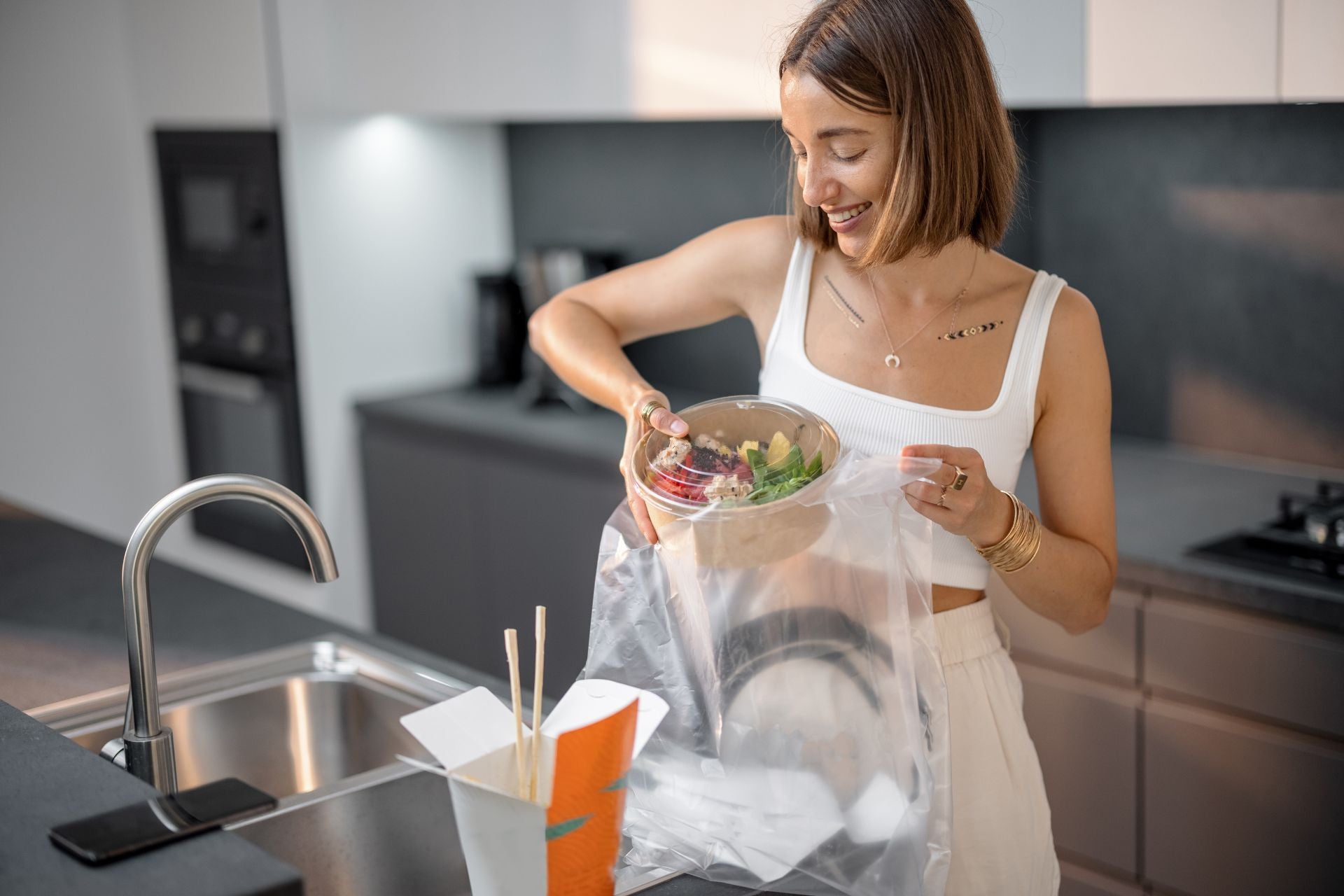
8 Ways To Reduce Food Waste in Your Restaurant
Every 22nd of April, we celebrate Earth Day to support our planet.
But even if this event only happens once a year, sustainable habits should be daily practices in every industry. Unfortunately in the hospitality industry, 40% of ingredient stock goes straight to landfills.
By applying waste reduction policies, you can make a positive impact on the environment, attract more customers, and increase profitability!
Here are eight simple yet effective ways to reduce food waste:
8 Tips to Reduce Food Waste in Your Restaurant
1. Avoid Overbuying Stocks
The first food waste tip on our list is to avoid overbuying ingredients because it causes a surplus in your kitchen.
At first, you may think that having an excess in your inventory won’t hurt; having too much is better than having too little, right? Well, that isn’t always the case. Having a surplus in your kitchen leads to spoilage, one of the main causes of food waste in restaurants.
The solution is to buy only what you need. Frequent inventory checks will help you spot which ingredients are low and need restocking, reducing waste while lowering costs.
2. Implement the FIFO Method
In line with the previous point, adding new stocks to your inventory requires the ‘First In, First Out’ or FIFO method. The idea of this system is simple: all materials present before the restock should be used first to reduce the risk of food spoilage.
When storing new ingredients, make it a habit to store them behind the old ones. This placement urges you to use the ones at the front first. It’s easier than you think to keep everything fresh while preventing mold and pathogen growth.
3. Store Food Properly
One of the ways to prevent spoilage and reduce food waste is to practice proper food storage. Below are a few methods you can use:
- Prolong the shelf life of food by storing them in airtight containers. You can also use a food vacuum sealer to ensure no air remains in the packets. Most ingredients begin to spoil the moment they receive contact with air
- Store all meat products at the bottom of your refrigerator. Doing so limits the possibility of cross-contamination
- Ensure your refrigerator and freezer work optimally to maintain a constant temperature. The former should be at 4°C or below, while the latter would be best at -18°C
- Label all your ingredients with expiration dates
- Keep all storage units clean to prevent bacteria build-up and food contamination
4. Conduct a Waste Audit
A waste audit is an analysis that tracks how much food gets wasted during a specific period. Doing this for your restaurant allows you to identify the amount and types of garbage you produce. Based on your findings, you can devise effective plans to reduce waste.
Directing a waste audit is actually easier said than done since you and your team have to go through garbage bags once a week manually. This process also requires attention to detail because you need to track the weight of your waste. On the bright side, you’ll finish the audit with a much better idea of your waste profile and tendencies.

5. Create Weekly Specials
Stir fun in your kitchen by updating your menu with weekly specials!
This is a great way to use ingredients right before they spoil. Additionally, your customers will have new options to try, and their feedback can improve your service.
6. Offer Different Portion Sizes on Your Menu
Let’s discuss your menu: does it contain portion descriptions for each dish?
This may look like ‘can serve two people’ and such. Providing this detail to your customers helps them decide if they can finish the amount served on the plate. As a result, it lessens the possibility of them leaving food waste behind.
Try adding multiple portion sizes so your people can customize their orders. For your staff’s convenience, a portion control scale can be used to help measure ingredients.
7. Encourage Customers to Take Home Leftovers
If your customers still can’t finish their meals, have your servers suggest taking their food home. Instead of throwing away leftovers, pack them in a container and place them in a paper bag for your guests’ convenience. It’s a win-win situation for everyone because they get to take home yummy leftovers while you lessen food waste!

8. Wash All Ingredients at the Same Time
Besides food waste, you also need to track your water usage. Washing produce at the same time as well as using certified commercial dishwashers can help reduce water consumption by up to 40%.
Because of this, S.T.O.P. Restaurant Supply is here to share ten tips for saving water, one of which is to wash all ingredients simultaneously. It’d be best to assign a ‘washing hour’ on the day when the staff brings out all food for preparation. Doing so lessens your water consumption and keeps your materials fresh!
Opt For Eco-Friendliness Everyday
Practicing different tips to reduce food waste is a great way to support Earth Day. The lessons you learn from these habits open new opportunities for sustainable practices.
S.T.O.P. Restaurant Supply encourages restaurants and home cooking enthusiasts to reduce food waste—even when it isn’t Earth Day. Check out our collection of waste and recycling bins to help you track your establishment's trash.
Contact us now about the availability of our products!




 1.800.265.2961
1.800.265.2961


Leave a comment